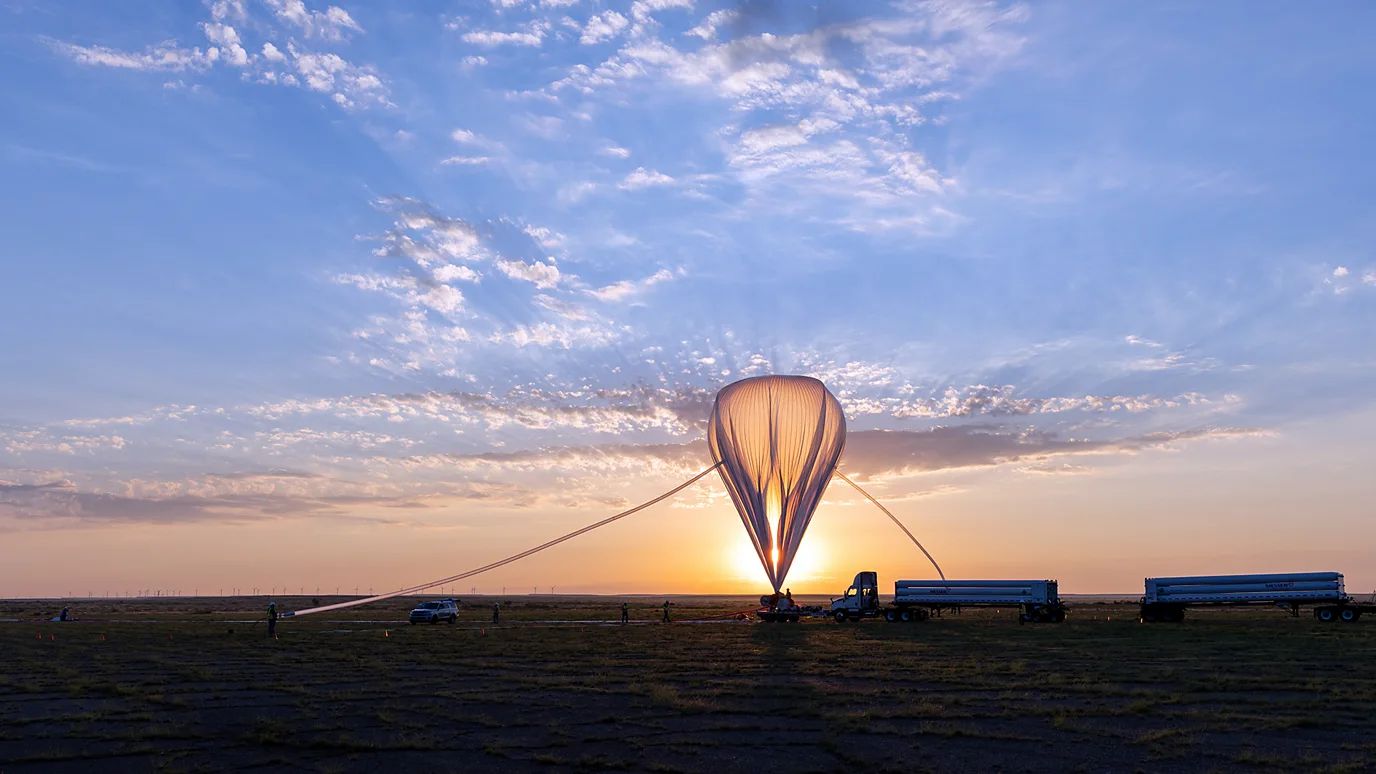Our lives are surprisingly dependent upon this extremely light and unreactive gas, yet supplies of it are remarkably fragile.Nancy Washton remembers the sinking feeling she got when she heard her helium delivery wouldn't be arriving. In early 2022, she and her team of chemists at the Pacific Northwest National Laboratory in the United States were abruptly told by their supplier that they wouldn't get their usual shipment of the gas, which they use in a range of different experiments.Shortages meant there wasn't enough to go around, and the laboratory would simply have to make do with less. In the first weeks of that year, the laboratory's supply dropped well below the 2,500 litres normally received. By April, just a couple of months later, it was getting less than half the helium it needed.
Washton's own instrument of choice was a nuclear magnetic resonance spectrometer – a huge, hulking tower, capable of peering into the molecular structure of atoms. Such measurements can contribute to the development of new batteries and energy storage systems, for example.The spectrometer was the only one of its kind in North America, and less than 12 months after its installation it was providing results that were potentially game-changing. When turned on samples of magnesium oxide, for example, it showed the minerals are capable of pulling carbon out of the atmosphere. Such "carbon mineralisation" has long been explored as a way of combatting greenhouse gas emissions, but the results showed how useful these minerals could be.The episode highlights how vulnerable helium supplies are and why there is now a desperate scramble around the world to find ways of conserving and recycling this crucial gas.
The shortages in 2022 didn't just affect researchers. You might not realise it, but many of the products and processes you encounter each day depend on helium.Hospitals, for example, are the world's largest consumers of helium, accounting for around 32% of the global market. The gas is used to cool magnets in vital diagnostic tools such as magnetic resonance imaging scanners. Helium is also used in the manufacturing of the semiconductors ,which are at the heart of electronic devices. It's also used in welding and even pressurises the fuel tanks of rockets that put satellites into orbit. Plus, helium is part of the gas mixture that inflates car safety airbags.
Helium is odourless, extremely light and, unlike another very light element once used in airships, hydrogen, it will never burst into flames. When cooled, it only condenses into a liquid at the stunningly low temperature of roughly 4.2 Kelvin. Plus, under normal atmospheric conditions, helium will not freeze even at temperatures as low as absolute zero, or 0 Kelvin. This makes it incredibly useful. But since 2006, helium has repeatedly been in short supply. The most recent extended shortage started in January 2022 before easing the following year. But helium supplies have remained precarious, with producers struggling to keep up with demand.
That demand is only expected to rise further – with some analysts predicting that it will double by 2035 due to helium's key roles in semiconductor and electric vehicle battery manufacturing, as well as in aerospace applications.There are only two sources of helium: the highly-energetic nuclear fusion reactions inside stars, including our Sun, and the slow decay radioactive elements in Earth's crust. Since we can't artificially manufacture helium with today's technology, that means it is essentially a finite resource. Instead, helium is typically mined alongside natural gas by drilling deep wells into the ground, but only a handful of companies across the world currently do this.The most recent severe shortage in 2022 that scuppered some of Washton's research occurred after a series of fires at a major Russian gas processing plant in the Amur region of Siberia.
The war in Ukraine compounded the problem by further choking supplies at the same time a helium plant in Qatar went offline for planned maintenance. Meanwhile, the crude helium enrichment unit at the US National Helium Reserve was shut down during the summer of 2021 and again for four months at the end of January 2022. The US shutdown removed around 10% of the global production capacity of helium from the supply chain. Taken together, these incidents led to a sudden shortage and highlighted just how vulnerable the world's helium supply could be. By 2023, the industrial sale price of helium had nearly doubled from what it was five years before, reaching an all-time high.But there may also be some signs of relief on the horizon.
Qatar is on course to open a new helium plant by 2027, while other companies have started to look for previously untapped underground fields.In 2016, the world's largest helium reserve was found in Tanzania. It is set to start production in 2025. This was actually the first helium gas field to be discovered deliberately, and the launch of operations there will mark the first time helium has been recovered at scale, rather than as a by-product of polluting natural gas extraction. Major helium reserves have also been discovered in China's Bohai Bay Basin.
Madina Mammadova\\EDnews










